We recently saw the official reveal of the next Life is Strange game. Life is Strange: Double Exposure follows original heroine Max as she solves a murder mystery using her new powers to explore parallel universes. While we love Max, we can’t help but feel like making her the star of another game is an odd choice. Here are five reasons Life is Strange: Double Exposure made the wrong choice bringing back Max.
5. Bringing Max Back Makes The First Game Too Important
To be clear, Max is a wonderful character. Life is Strange is a beautiful game, and it wouldn’t have been the same with anyone else in the lead. However, the decision to bring her back makes her – and by extension, the Arcadia Bay storyline – feel too important.
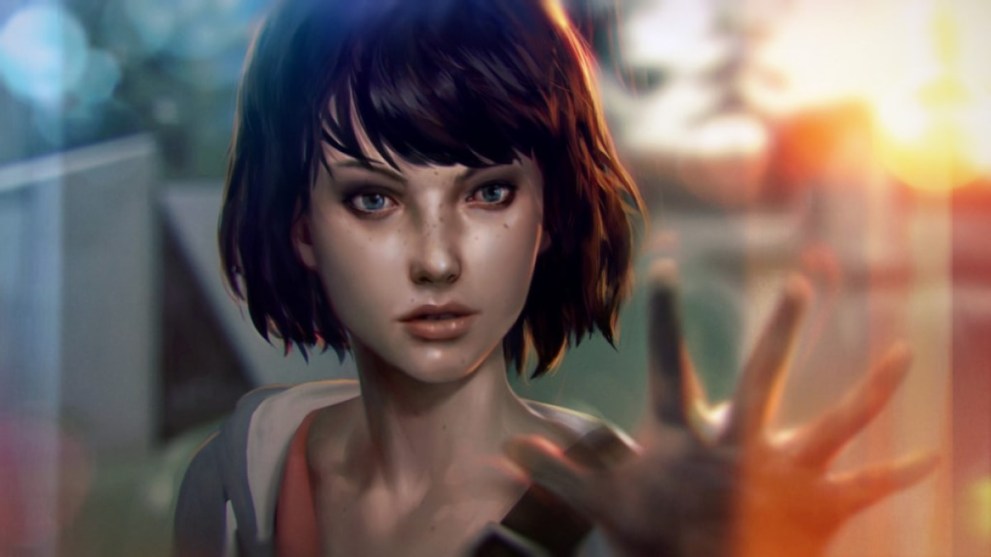
Life is Strange isn’t about Max, or the events of the first game. It’s about normal people who become supernormal, and yet the events and setting of the first game have been referenced more than any other.
Life is Strange got a full prequel game (Before the Storm), starring Life is Strange’s deuteragonist Chloe. One of the characters from the prequel, Steph, returned to Life is Strange: True Colors as a love interest. This makes Life is Strange 2 the only game that doesn’t put Arcadia Bay (or its inhabitants) in the spotlight.
However, Life is Strange 2 isn’t immune to the Arcadia Bay effect, either. Over the game, Sean and Daniel meet David, a pivotal character in the original, and briefly visit Arcadia Bay itself.
Outside of the games, Max is also the star of the Life is Strange comics, and when the upcoming TV series was first announced, it was announced with Arcadia Bay as a setting.
Life is Strange is an anthology series. The storyline has spanned a variety of locales and put characters from around the USA in the spotlight. Making one game too important risks turning the other games into mere side-stories.
Are we excited to see Max back? Absolutely. In fact, we’ll probably eat our words here as soon as we start playing. However, we can’t help but think it might have been a smarter move to put someone else in the spotlight.
4. Bringing Max Back Shifts the Focus Demographics
So far, Life is Strange has exclusively starred characters in their teens (Sean and Chloe are both sixteen in Life is Strange 2 and Life is Strange: Before the Storm, respectively) to early twenties (Alex is 21 in Before the Storm). Max was 18 in Life is Strange, so this scene would put her at around 28, if we assume Life is Strange: Double Exposure is set ten years after the original game.
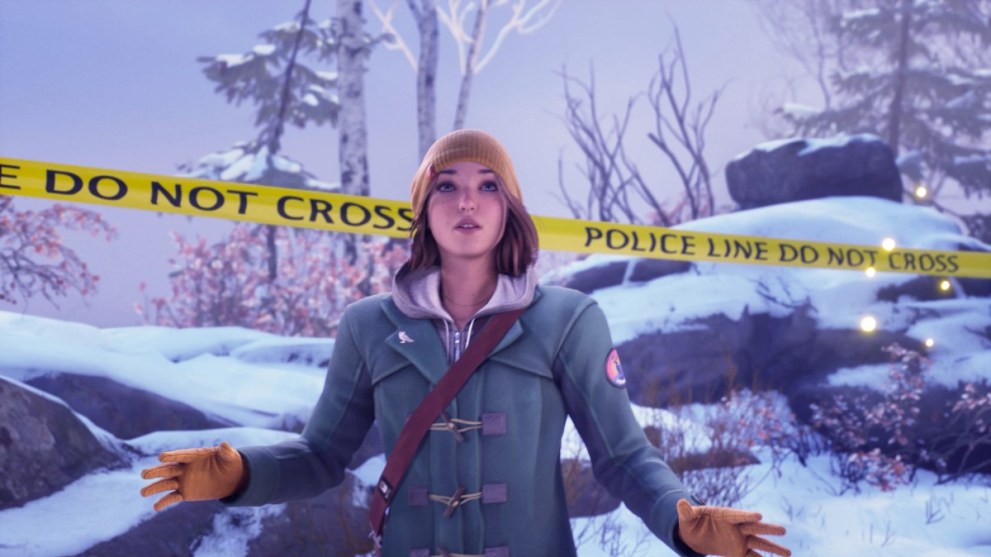
28 is still young. In fact, Max is a millennial, and many millennials still don’t feel “adult” well into their thirties. However, the higher age arguably does away with a certain degree of relatability.
If we look at YA novels, the target demographic is often bang on the age range of the previous game’s heroes, give or take a year or two. The games explore a variety of relatable storylines and topics such as bullying, coming out, and feeling somehow “other”. Older people aren’t immune to this, of course, but it might signify a change in tone that would be more appropriate for a spin-off.
This could, of course, just mean that the franchise is evolving. That happens all the time, especially in cases where the characters grow up alongside the audience. However, in this case we’re coming back to a story ten years later, and what makes the characters so relatable might be a sacrifice.
Life is Strange follows a long tradition of superpowers as a metaphor for puberty. Max and Sean were both forced to learn and mature as they went along. Alex put a spin on this, being experienced with her more mundane powers at the expense of her social skills. Giving us a character nearing her thirties who’s experienced in both might take some of the magic away. As such, Life is Strange: Double Exposure might stray a little too far from the franchise’s roots even as it returns to them.
3. It Might Make Max Too Powerful
To be clear, we’re aware that Max could always create (or travel to) parallel timelines. The whole basis of the first game relies on creating them, and at one point Max travels years into the past to save a life.
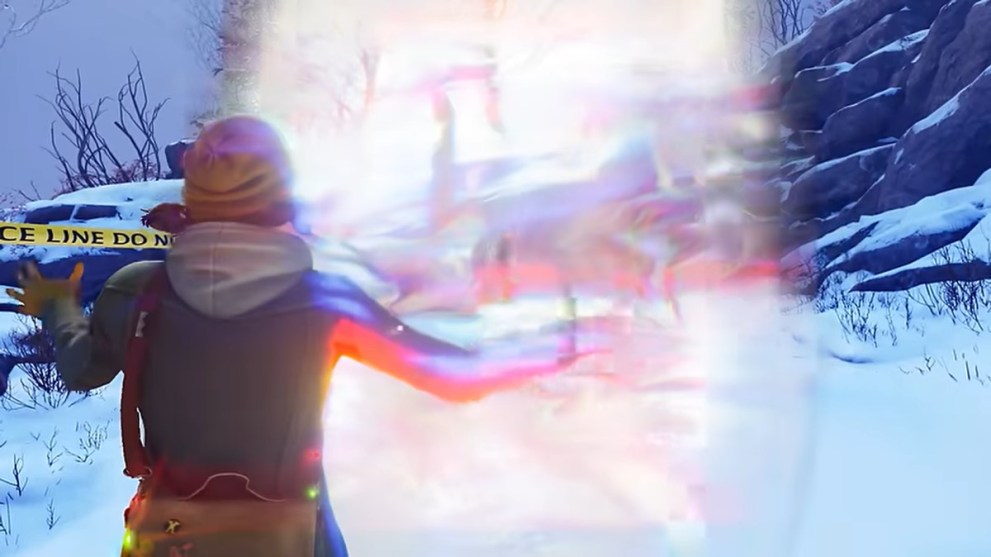
The (non-canon) comics take this a step further. Directly following the “Save Chloe” ending, Max explicitly learns to step between realities at will.
Life is Strange isn’t a series about superheroes. It’s a story about regular people who happen to be heroes, some of whom happen to have superpowers. This is perhaps most evident in Life is Strange: True Colors. Alex has a relatively mundane set of powers (aura reading, psychometry, limited telepathy, and emotion absorption), which she uses to solve the mystery of her brother’s death. What’s important is how she uses her powers, not the power themselves.
A character who can travel through time and parallel universes at will is arguably too powerful. As such, it might make more sense to simply create a new character who can traverse parallel worlds.
After all, this isn’t a power unique to Max, at least if we consider the comics. Tristan Tanaka is a so-called Timeline Castaway with the power to phase in and out of reality or through different timelines. Given that we’re seeing Max display the same powers she developed in the comics, shifting the focus to Tristan may have given them a chance to explore his character, perhaps giving him a new origin story in line with the game’s canon while still experiencing the same events Max will.
Yes, Max’s new powers are an extension of those she’s already displayed, but it feels like an odd choice to give her so many strong powers when the series’ other heroes have more mundane ones. Alex can manipulate emotions, but she can’t change the past. Daniel is a powerful psychokinetic, but he can’t tear a hole in the fabric of reality. Max being able to do both with relative ease risks making her the main character of a franchise that doesn’t need one.
2. Max Will Repeat Her Mistakes
Let’s go back to the original game for a moment. Life is Strange follows Max as a high school freshman who discovers her ability to manipulate time. She discovers this after witnessing the murder of her old friend Chloe – a murder she immediately prevents.
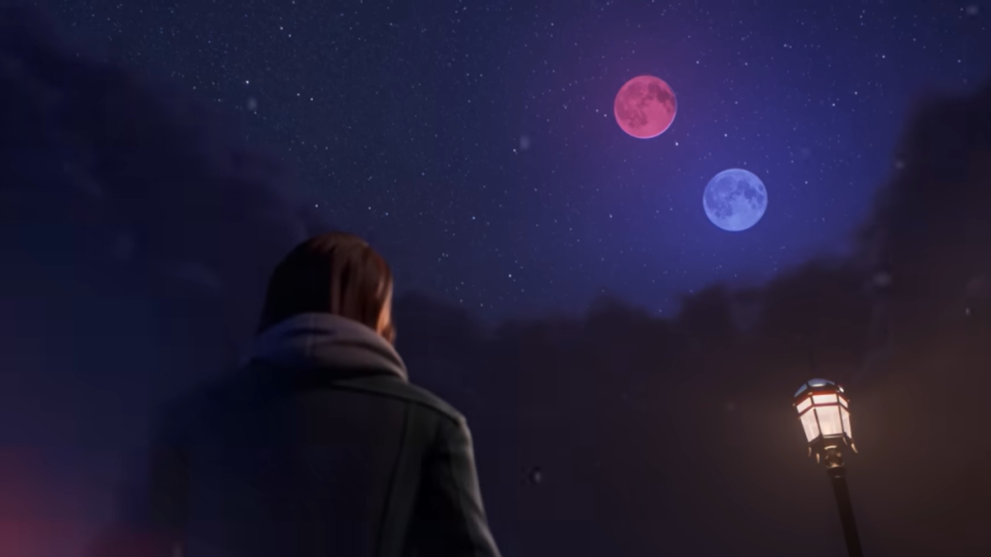
Over the course of the game, she works with Chloe to investigate the disappearance of Rachel Amber, Chloe’s ex-girlfriend. As the game progresses, however, the world becomes stranger and stranger, with the weather becoming more volatile. There’s an unexpected eclipse – something that hasn’t happened since we started tracking them in the eighteenth century. Whales beach themselves on the shore of Arcadia Bay. A second moon appears in the sky. Eventually, a supernatural storm descends on the town.
Max and Chloe realize that the cause of these events is Chloe herself. Max’s meddling in the timeline to save her has pushed reality off its axis. In fact, the storm itself may be trying to kill Chloe to fix reality. This can potentially see it kill hundreds or thousands of people in its attempts to correct the timeline.
Leaving the ending aside (for now), Max should already know that with great power comes great responsibility. The last time she tried to change the past, she literally broke the world. Putting her back in the spotlight means that she’s going to learn the same lessons all over again. In fact, a blink-and-you’ll-miss-it moment in the trailer shows two moons in the sky again. This suggests that, once again, Max’s meddling is going to cause some serious issues.
This might work better if it’s a new hero. Whether it’s someone who already knows their power, like Alex, or one who discovers them depends on the story. It simply makes more sense to have a character make mistakes for the first time, than to put the spotlight on someone who’s already made those mistakes and thinks using their powers again won’t have consequences. Even Tristan – who in the comics has similar reality-traversing powers as Max does here – could have a clean slate, as the comics are non-canon.
1. It Risks Canonizing One Ending Over Another
The ending of Life is Strange has one of the most heartbreaking choices in all of gaming history. Max can either sacrifice Arcadia Bay, letting others die to save Chloe, or she can use her powers one more time, going back in time to the bathroom where Chloe was killed and letting her die.
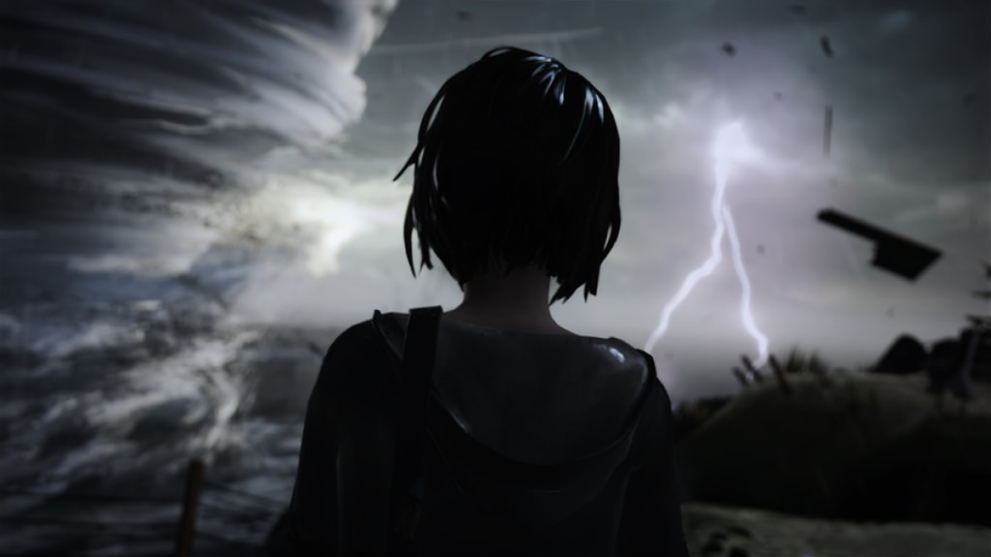
The choice is a heartbreaking one, and for good reason. We’ve spent the whole game bonding with Chloe, we’ve saved her life over and over again, and now we have to face the consequences.
The problem of a direct sequel to a game like Life is Strange is that the endings change so drastically, which gives us two options – neither of which is really ideal.
Option A: The new game picks an ending. This arguably robs the other of its importance. In the case of Life is Strange, the final choice is difficult because of its magnitude: sacrifice our best friend to save the town, or let the town die to save one life.
Option B: Ignore the ending entirely. In this case, both endings are robbed of their impact, and arguably so are the bonds formed over the course of the game.
Max and Chloe’s bond was the heart of Life is Strange, and it’s a disservice to simply ignore it. Given that the ending decides whether or not Chloe is still alive, choosing to play it vague means not mentioning where Chloe is. She’d be absent, but whether that’s due to death or estrangement is up in the air.
Outside of Chloe, we also have to consider the storm itself. In one timeline, Max is the survivor of a natural disaster that potentially ranks as one of the deadliest in US history. It would be strange if this is never touched upon in the name of ambiguity.
In short, it would be better to start with a clean slate, rather than risk what made the original so special. Canonizing one choice as the narratively “correct” one arguably makes it easier to make, while ignoring the choice entirely makes it meaningless.
To be clear, we’re excited as hell to play Life is Strange: Double Exposure. We’re confident that Deck Nine will knock it out of the park once again, and justify Max returning as the hero. In fact, we fully expect that come October 29, we’ll have our feet firmly in our mouths. However, that doesn’t mean there isn’t reason to be skeptical, at least for now.
We put Chloe and Sean as two of our top 10 queer game characters. See who else made the cut here, and why not check out everything else announced at the Xbox Showcase, too?





Published: Jun 10, 2024 11:35 am